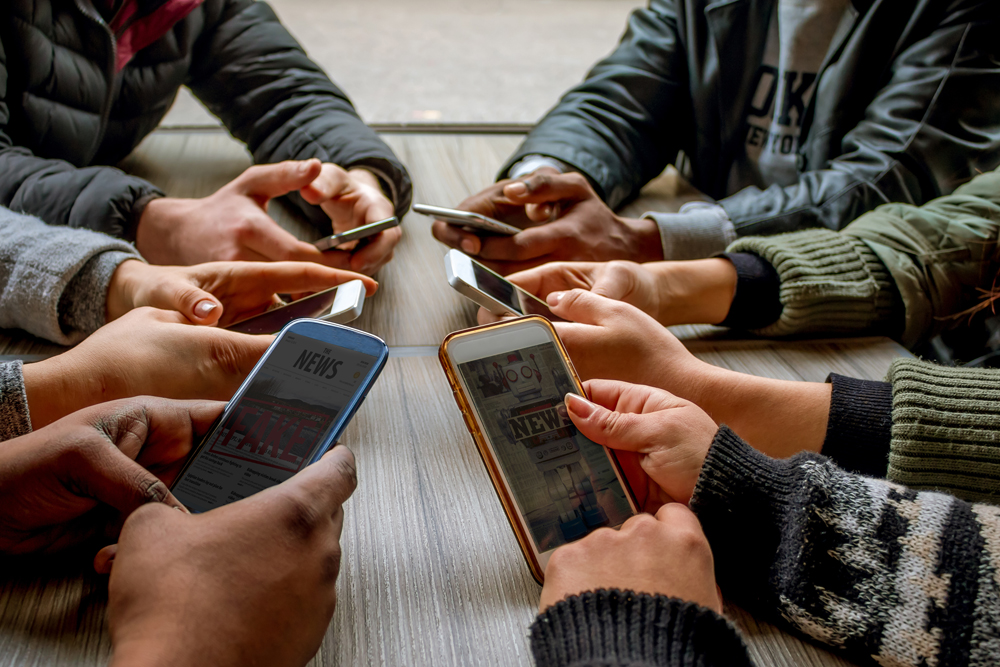In today’s digital age, information travels at lightning speed. Unfortunately, this includes false information, or “fake news,” which can spread rapidly across social media platforms and messaging apps. One of the main reasons fake news spreads so fast is its ability to trigger strong emotions. When we encounter information that makes us feel intensely, we’re more likely to share it without thinking critically about its accuracy. This emotional response can override our rational thinking, leading us to spread misinformation unknowingly.
- Confirmation bias
We all have pre-existing beliefs and opinions. Fake news often exploits these by presenting information that confirms what we already think or feel. This is called confirmation bias. When we see something that aligns with our views, we’re more likely to believe and share it, even if it’s not true. This tendency can create echo chambers where false information circulates among like-minded individuals.
- Social pressure
The desire to fit in and be part of a group can also spread fake news. If we see our friends or family sharing information, we might feel compelled to share it without verifying its accuracy. This social pressure can create a snowball effect, where false information gains momentum as more people share it.
- Speed of social media
Social media platforms are designed for quick, easy sharing. We can instantly spread information to hundreds or thousands of people with just a click or tap. This speed and ease of sharing make it challenging to stop the spread of fake news once it starts circulating.
- Attention economy
In today’s digital landscape, attention is a valuable commodity. Websites and content creators often compete for clicks and views. Fake news stories are usually crafted to be attention-grabbing and sensational, making them more likely to be clicked on and shared. This drive for engagement sometimes overshadows the importance of accuracy.
- Lack of fact-checking
Many people rush to be the first to share breaking news or exciting information without taking the time to fact-check before sharing. This haste can lead to the rapid spread of misinformation. Additionally, thorough fact-checking takes time and resources that not all individuals or organizations have.
- Distrust in traditional media
A growing distrust of mainstream media outlets has led some people to seek alternative sources of information. Some of these alternative sources may spread fake news, either intentionally or unintentionally.
- Psychological factors
Human psychology plays a significant role in the spread of fake news. We remember and share unusual, surprising information that aligns with our worldview. Fake news stories often exploit these tendencies, making them more likely to be shared in our minds.
- Role of bots and trolls
Fake news is spread deliberately by automated accounts (bots) or individuals aiming to cause confusion or division (trolls). These actors can amplify false information quickly, making it appear more popular or credible than it is.
Developing critical thinking skills and practising good digital citizenship is crucial to combat the rapid spread of fake news. Websites like https://fakecontrol.org/ can be valuable resources for learning how to identify and avoid sharing misinformation. The rapid spread of fake news is a complex problem with many contributing factors. From our psychological tendencies to the design of social media platforms, numerous elements work together to make false information spread quickly. By understanding these factors and taking steps to become more discerning consumers of information, we can help create a more informed and truthful online environment.





